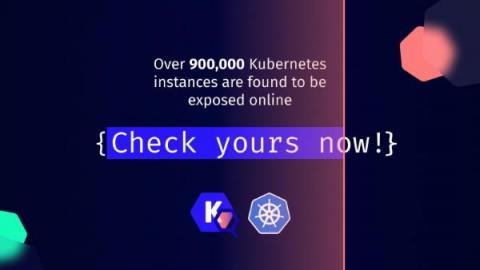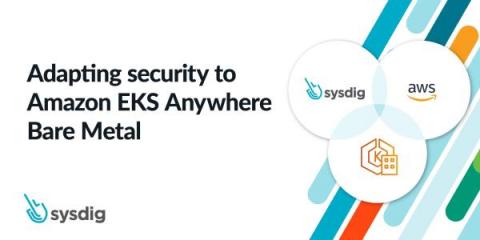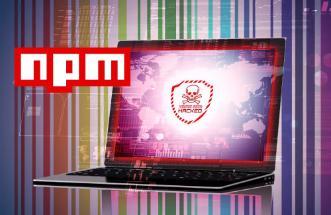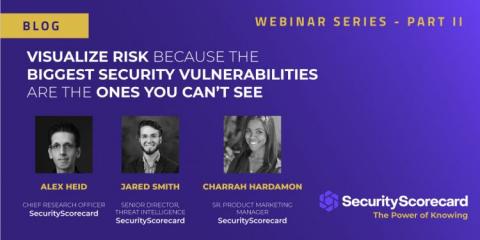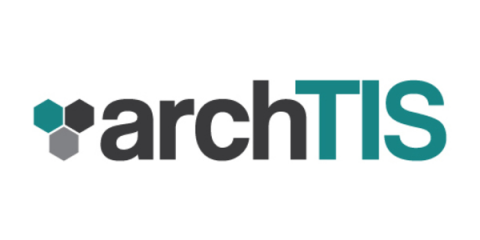Tales from the Dark Web: How Tracking eCrime's Underground Economy Improves Defenses
Cybercriminals are constantly evolving their operations, the methods they use to breach an organization’s defenses and their tactics for monetizing their efforts. In the CrowdStrike 2022 Global Threat Report, we examined how the frequency and sophistication of ransomware attacks has grown in the past year.



